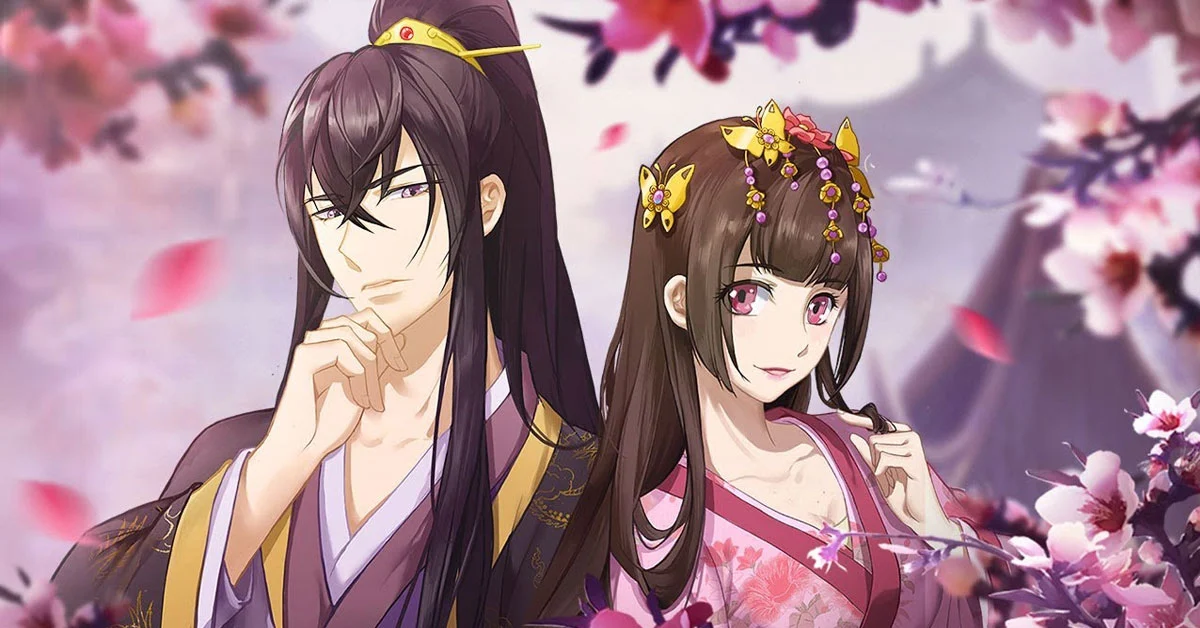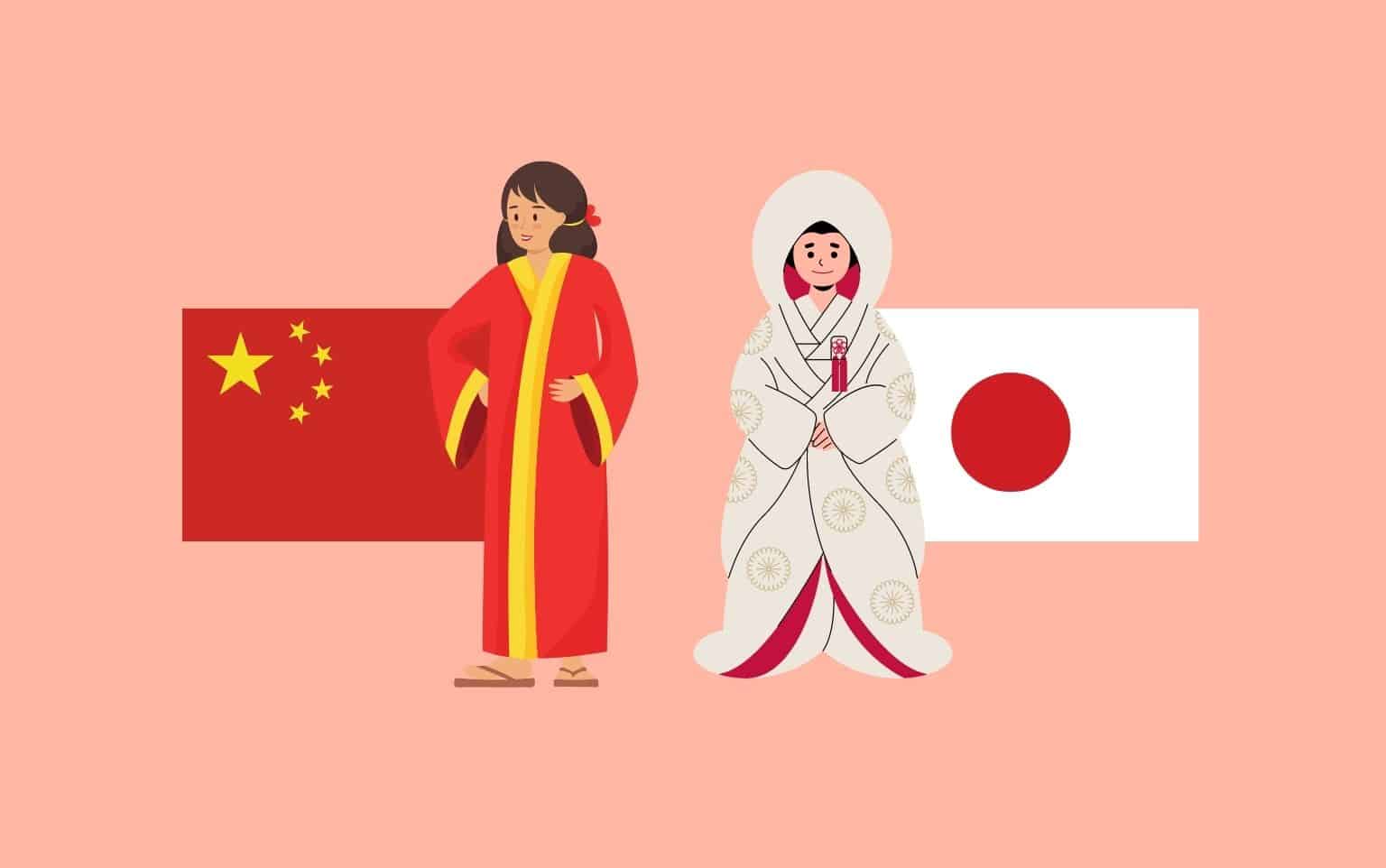The animation created in China and Japan is well-liked worldwide. Although the two categories have some things in common, they also each have their own distinctive civilizations and aesthetic appeal in their respective disciplines. Chinese animation, also known as Donghua, has been gaining popularity, whereas Japanese anime has a long history and a huge global following.
Each storytelling method and cultural influence is tailored to a certain audience. Donghua delivers the presence of their culture in their artistic forms, as opposed to original anime from Japan, which will provide art that is necessary for it to be an anime. We will highlight the distinctions between Japanese anime and Donghua as we contrast and compare them.
Also Read: 15 Anime With Good Story to Watch That You Can Check Out
Chinese Anime vs. Japanese Anime
1. Origin
- Chinese animation created or produced in China is referred to as donghua, which translates to “animation” in English.
- Anime, on the other hand, is the term used to describe the same animation if it was produced in Japan.
The anime industries of China and Japan both began in the early 20th century with a variety of visual styles and plots.
Also Read: 7 Best Chinese Anime For Starters!
2. Art
- The mix of Eastern and Western art is a distinctive feature of Chinese animation.

- The instantly identifiable big eyes, vivid hair, and cat-like characters in Japanese anime frequently follow the conventions of the classic anime visual style.
3. Culture
- The Chinese anime industry pays more attention to traditional Chinese mythology, history, and culture.

- On the other side, Japanese animation frequently portrays their own culture, traditions, and values.
4. Reference
- Chinese animation frequently adapts Chinese comics and online novels.
- Japanese animation frequently takes ideas from original anime, manga, and light novels.
5. Industry
The anime industries in China and Japan have a rich history and massive international fan bases, which have a big impact on the environment business.
- Chinese animation has become more industrial in its outlook.
- However, despite having a significant fan base, Japanese animation is continuously trying to increase both its popularity and production quality.
Also Read: Best Chinese Anime To Watch – Good Recommendation
6. Acting for voice-overs
- Chinese anime typically concentrates on Chinese vocal action with Japanese and English dubbing.
- Japanese animation employs voice actors from Japan who have English subtitles.
7. Storytelling
- Chinese anime frequently uses heroic and historical themes with a theme of valor and martial arts.
- Japanese animation includes a wide variety of genres, such as romance, science fiction, fantasy, and slice-of-life.
8. Market Reach
- Especially in Southeast Asia, Chinese anime is gaining popularity both locally and internationally.
- A diverse fan base that spans all age groups is what keeps the global market for Japanese animation alive.
Also Read: 16 Official Sites To Watch Anime [Free & Paid]
9. Animation Quality
- Chinese anime’s animation quality has improved significantly throughout the course of its evolution, although perhaps running into some limitations when compared to its Japanese equivalent.
- Japanese anime typically benefits from higher production costs, which produce animation with better quality and more intricate visuals.
10. Characters
- Traditional Chinese figures are prioritized in Chinese anime character design, which also draws inspiration from Chinese aesthetics and art.
- Japanese anime features recognizable and popular character designs. The bulk of Japanese anime characters are said to have cat-like looks and faces.
12. Originality
- Chinese animation is developing a unique look and story to differentiate it from Japanese anime.
- A wide variety of unique Japanese animation productions continue to captivate audiences.
13. Censorship
- Due to the country’s media policy, the Chinese animation sector may be subject to stricter control methods.
- In international situations, Japanese anime often receives a relatively lower level of censorship.
14. Studio Productions
- Several animation companies in China produce Chinese anime.
- Numerous well-known studios in Japan produce Japanese animation.
15. Diversity of Genres
- The two most popular anime subgenres in China are fantasy and martial heroes.
- Japanese anime, however, appeals to a wide variety of viewers and crosses many genres. They cover a range of genres, such as conventional fantasy, spooky horror, and terrifying conduct.
Also Read: 35 Anime To Watch For 18-Year-Olds
Both Chinese and Japanese anime have unique traits and attractions that effectively appeal to the wide range of interests and preferences among anime enthusiasts worldwide. Both countries’ animation industries continuously grow and develop, contributing significantly to the global animation industry.



